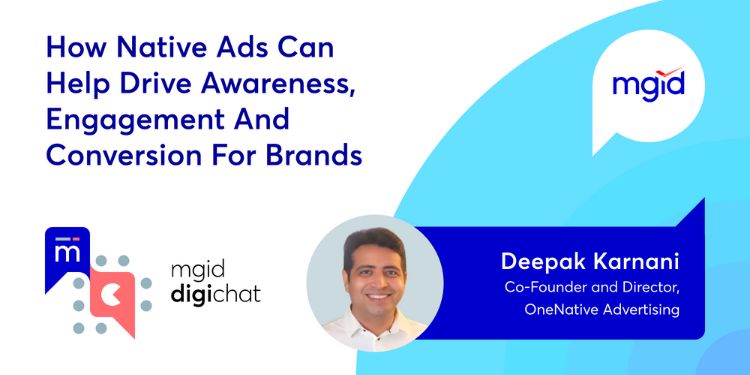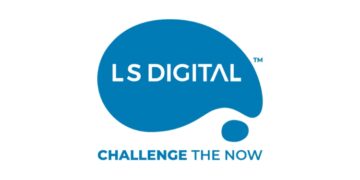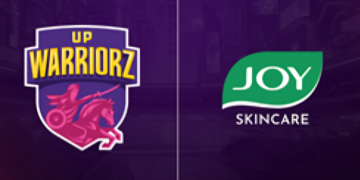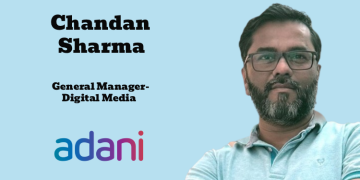The rise of social media and content-sharing platforms has had a profound impact on how native advertising fits into the broader digital advertising ecosystem. Native ads are transforming the way brands engage with their audiences, and its impact on a brand’s marketing strategy cannot be undermined in today’s context. Marketers can leverage this powerful advertising format by seamlessly integrating it with user experiences, thereby building trust and driving higher engagement.
To shed more light on the ever-evolving realm of native advertising, Deepak Karnani, Co-Founder and Director, OneNative Advertising, discusses ways to scale native ad efforts and maximize results. He also shares a few tips and best practices to drive scalability, optimize campaigns and achieve goals with native advertising.
Deepak loves everything surrounding content marketing and native advertising. His obsession with native advertising led him to build India’s first integrated content discovery and native advertising platform, OneNative, in 2017.
The following are excerpts of Deepak’s conversation with Pankaj Sharma, CEO & Director of MGID India.
Whatis the impact of native ads on a brand’s marketing strategy, and how do you see its role evolving in the future?
We have seen native advertising evolve a fair bit over the past seven to eight years. While content discovery platforms led the way in terms of educating clients about the efficacy of native advertising, we have seen a more holistic content marketing strategy coming into place for brands. This starts from identifying the core target group, creating content that appeals to them, driving discovery and finally mapping the ROI.
As far as the future is concerned, we see strong demand for native advertising, with contextual targeting solutions gaining prominence in the post-cookie era. A 360 degree content marketing strategy aided with discovery and amplification can help brands derive value across the funnel.
Can you talk aboutthe shifts you have seen in the adtech industry over the pastfew years?
Adtech has evolved at a breakneck speed. At times, even the most experienced digital media professionals cannot keep pace with the changes. Over the last few years, brands have largely focused on finding alternatives to cookie-based targeting, user privacy, brand safety and attention scores as opposed to CTRs and conversions. Also, no conversation about adtech will be complete without a mention of AI and ML, which are increasingly being integrated within adtech platforms to drive efficiencies and scale.
With the rise of social media and other content-sharing platforms, how do you see native advertising fitting into the broader digital advertising ecosystem?
Whether it is social media, SEO or native, they fall under the larger content marketing umbrella, and, hence, these mediums ought to be viewed in unison and not as stand alone mediums, which is currently the case when it comes to media planning.
At OneNative, we work on holistic content strategies for our clients where there is a clear link in communication across all mediums. Product led content is repurposed for SEO, long form content is adapted for social media and owned media is utilized for engagement.. This helps with SEO and driving first party data in addition to solidifying brand reputation and connecting with new users.
What verticals are particularly well-suited for native ads?
When it comes to native ads, it works for all verticals. From driving awareness to using content discovery platforms to drive engagement and conversions, brands can address multiple goals in a phased manner.
Content discovery and amplification is successful in offsetting high SEM costs by driving discovery across the open web, and at the same time, the pull based approach is effective for new products and solutions where search volumes may be low.
Targeted native ads with the right mix of content and data work very well for B2B brands.
Do you think the rise of influencer marketing has impacted the native advertising industry?
As mentioned earlier, we view this in totality as part of holistic content marketing strategy. Influencer marketing is, in fact, impacting native advertising positively with the rise in mediums like content commerce.
What are your thoughts on using generative AI in digital advertising?
It’s a good tool if used effectively. The commercial ramifications are still evolving. When it comes to creating content, tools like ChatGPT can help marketers create a good volume of content; however, it’ll still require careful consideration to achieve the benefits of generative AI.
Additionally, understanding the cultural nuances and dialects while creating content are fairly important and best done by experts. AI is constantly evolving and it remains to be seen how soon the gap is narrowed.
What advice would you give to marketers who are looking to get started with native ads?
Be patient and do not compare native with search. There are ways to map ROIs delivered via native campaigns (new users on site, organic rankings on search platforms, view through attribution, etc.) and last click attribution alone should not be the benchmark.
Can you share some tips on how to scale your native ad efforts and maximize results?
Identify your goals and create your advertising strategy accordingly. While all of us know the impact of the right creatives and ad copies, most of us discount A/B testing. Getting the desired ROIs requires getting many things right together, which is only effective by testing. This occurs over a period of time; therefore, we advise our clients to earmark some budgets for testing and scale thereafter.
(‘Think Through’ features perspectives of authors or entities that are not curated or edited by MediaNews4u.com. Content may be sponsored by the contributing organisations.)
















